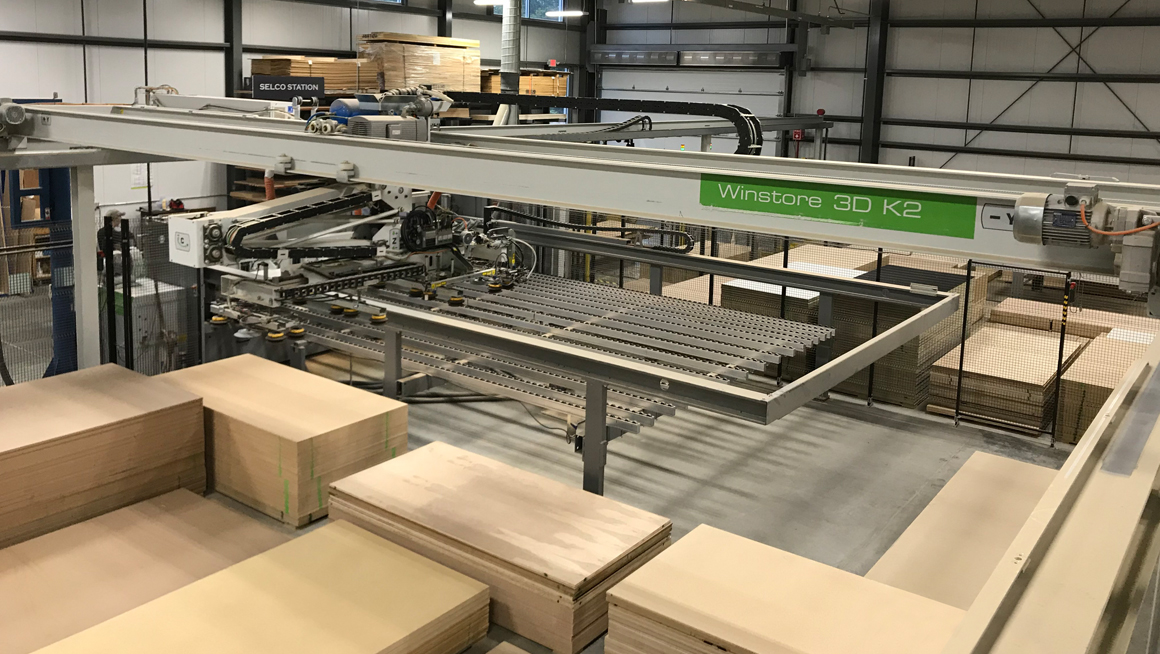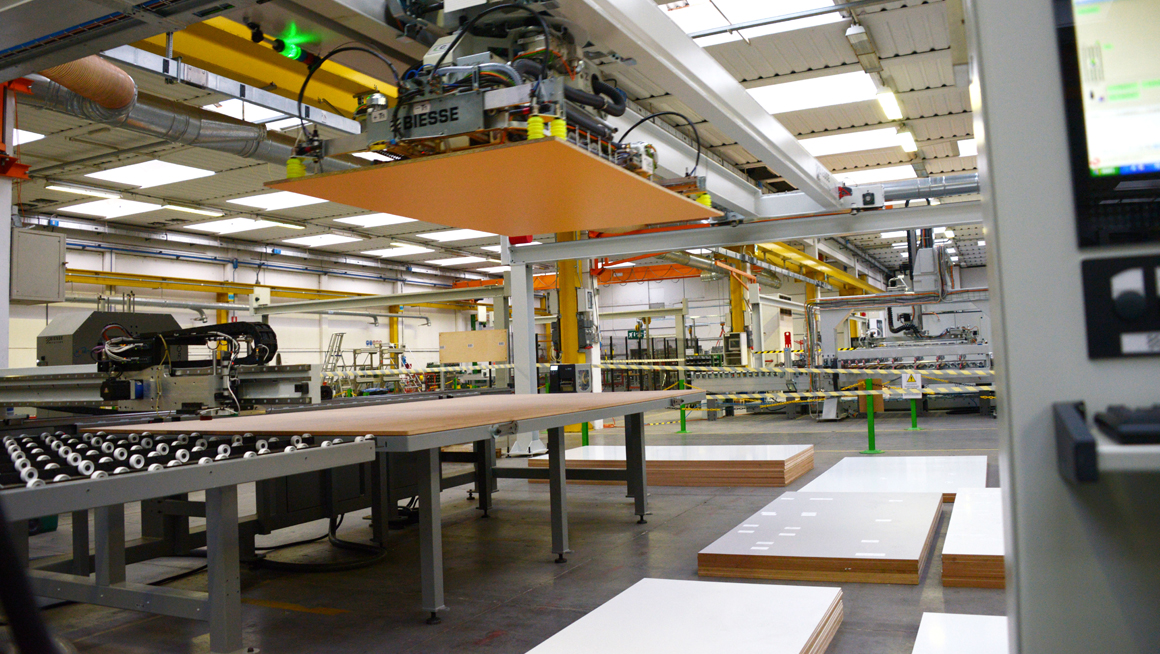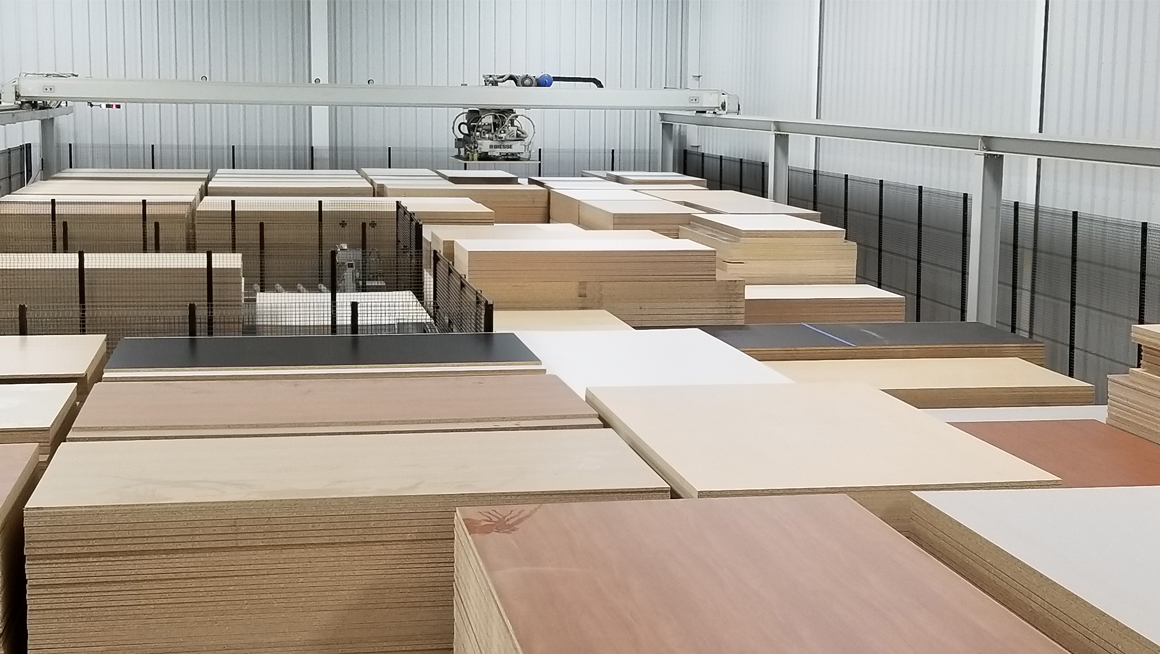Many people who come to AWFS this year will be living in the moment. They will get excited about the incredible promise of automation technology, invest in a new nesting CNC machine or beam saw, and count the days until it’s up and running on their production floor. They’ll probably do the same thing next year, and the year after that. Eventually, some will look around their floor and see that they have amassed an impressive collection of technology islands. Their machines have proven to be exceptional masters of automation, but they are randomly placed on the production floor in a way that doesn’t achieve production efficiency or maximize product value.
“It isn’t uncommon for customers to add automation without a strategic plan for production flow,” said Biesse Systems Product Area Manager Andrea Gargamelli. “The main challenge some of our customers are facing today is that the operator is always waiting for materials. Without flow organization, even the most skilled CNC machine operators have to rely on forklifts to manually carry a sheet or board from point A to point B, subjecting their materials to the risk of damage along the way. Those production inefficiencies don’t enhance product value and the potential for damage actually reduces product value.”
It’s much more efficient to consider production flow upfront in the early stages of facility automation, rather than having to move machines and re-engineer your production flow later on. Experts like Gargamelli can analyze a facility’s current production flow -- where the material enters into the plant, where the first, second and third steps happen, as well as if there is cross-flow between completing and shipping the part. “Through this analysis we can quickly determine if there’s inefficiency between where a customer manages their inventory and where cutting is done,” he said.
In the beginning, a customer may not be ready to integrate an automated magazine like Biesse’s Winstore in their nesting and sizing cells. “But in three years” Gargamelli said, “you might be. It’s important to consult with a systems engineer early on who can assist you in evaluating your facility with a critical eye to help maximize your production flow. Being more competitive depends on looking closely at your production steps and, if necessary, reorganizing your manufacturing process to maximize efficiency and productivity.”
On average, the Winstore K can handle up to 400 panels per shift.
Gargamelli often sees the area where customers are losing the most time and money is in step 1 of their production process – managing materials between where they are inventoried and where they are cut. “A slower pace of production is set from the second the operator goes to the warehouse to grab a sheet. Adding a Winstore and its loading and unloading capabilities immediately sets the pace of production at a much higher level without interruption,” he said. “Winstore also eliminates the space needed for forklift transport, and you only need about 20 feet of space between one rack and the other. You also gain production consistency, which improves a company’s ability to determine ROI, do estimates for certain types of jobs and so on.” A system engineer can also help you place new machines to enhance upstream and downstream flow from your Winstore and take advantage of Lean manufacturing-type efficiencies on the production floor.
Adding a Winstore automated magazine to create an integrated production process reduces the space needed for machines by 35-40%.
The bottom line is this: Before you invest in the latest CNC machines, use available resources to help figure out the best installation plan for your floor space. Consulting a knowledgeable system engineering expert to evaluate your facility will serve you well today and even better tomorrow.


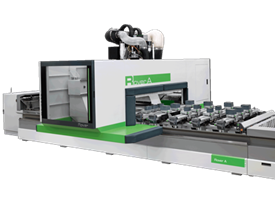
.png)
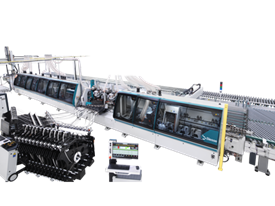
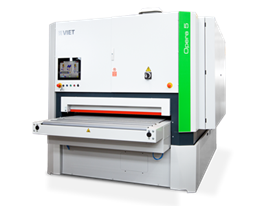
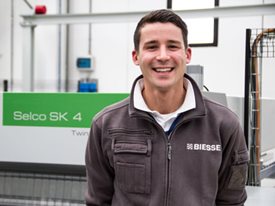
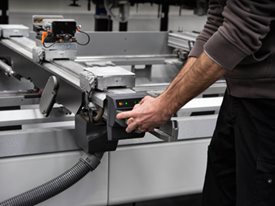


 Worldwide
Worldwide
 Italia
Italia
 United Kingdom
United Kingdom
 Россия
Россия
 France
France
 中国
中国
 Asia
Asia
 Deutschland
Deutschland
 España
España
 Schweiz
Schweiz
 North America
North America
 India
India
 Australia & New Zealand
Australia & New Zealand
 Türkiye Cumhuriyeti
Türkiye Cumhuriyeti
 Middle East
Middle East
 Brasil
Brasil
